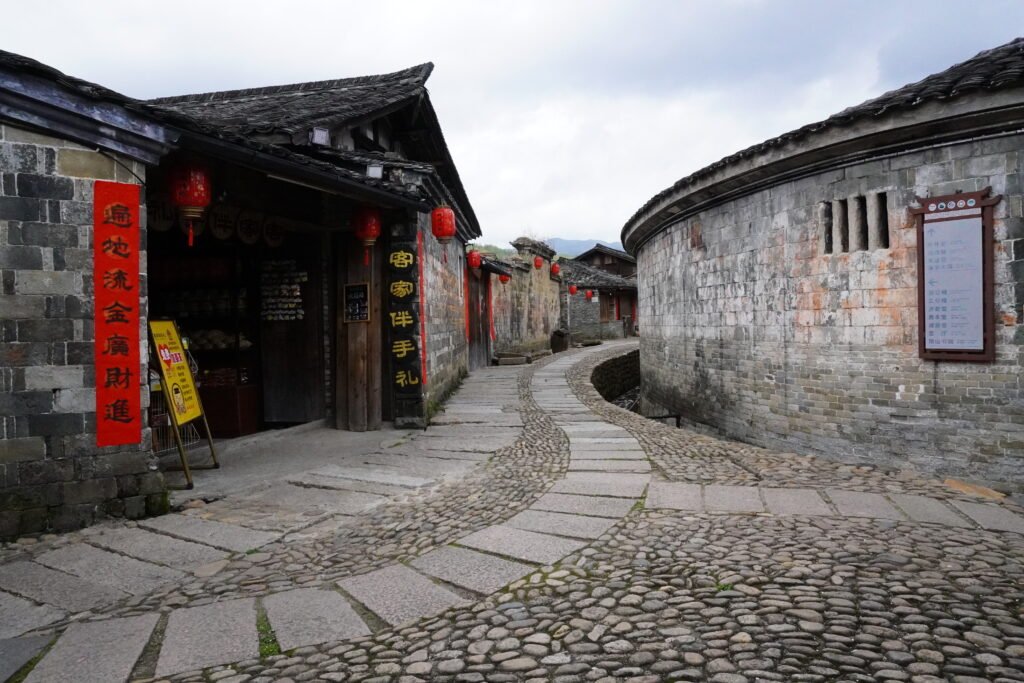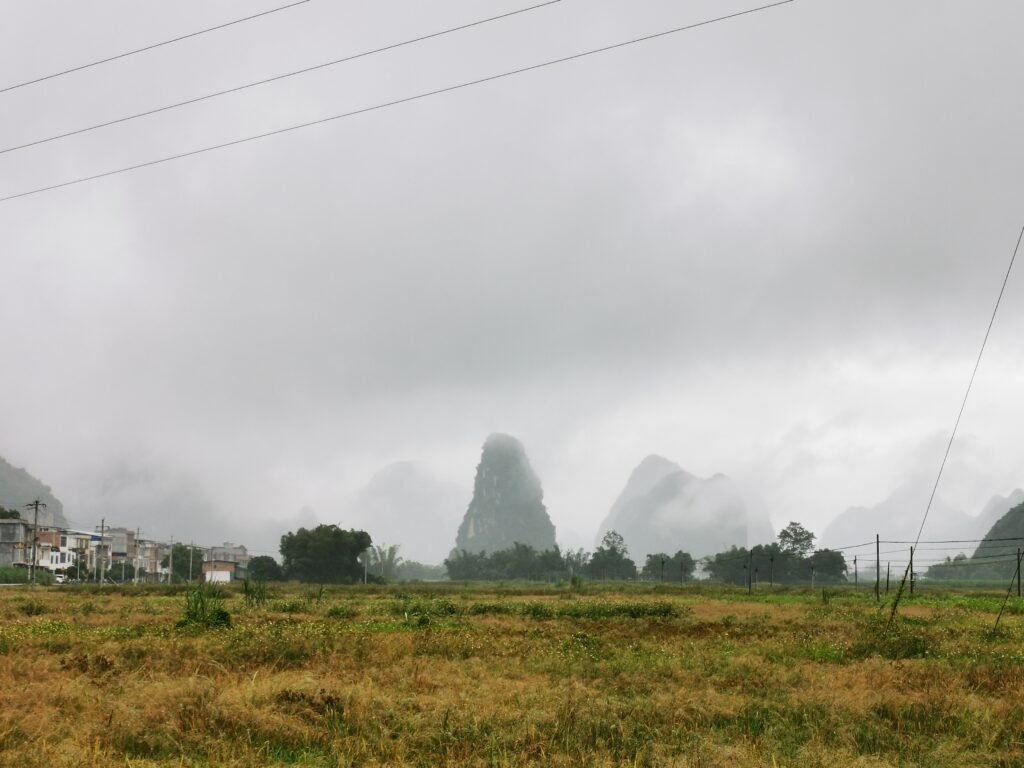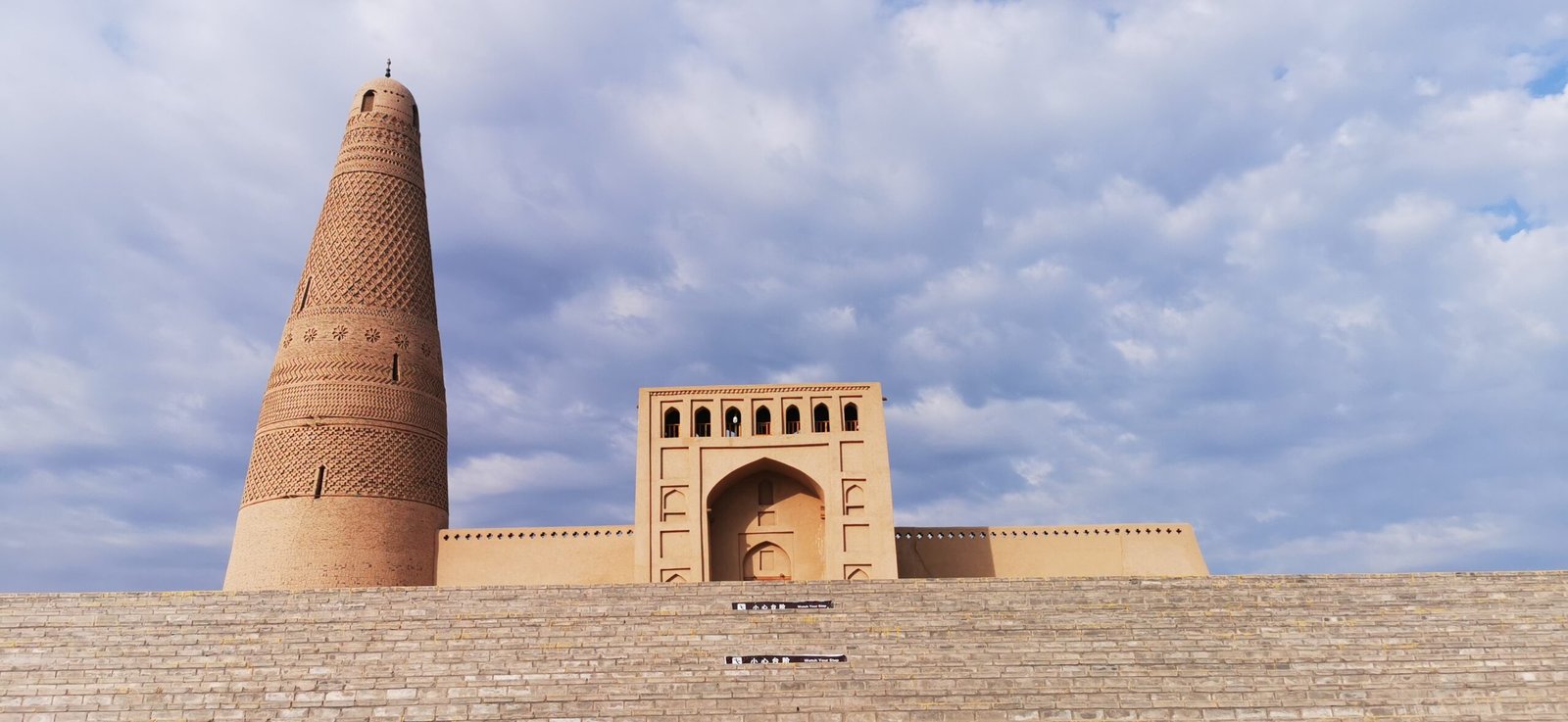How do Chinese People Choose a Village Site?
The traditional Chinese village is a settlement deeply rooted in the philosophy of harmony between humans and nature. The site selection of a Chinese village was not arbitrary; it followed principles derived from geomancy (Feng Shui), agricultural necessity, and environmental sustainability. This practice ensured the prosperity, security, and longevity of the community. Three fundamental considerations influenced village placement: proximity to water, suitability for agriculture, and integration with the natural landscape.

Chinese Village Sited Along Water
Water is an essential factor in Chinese village site selection. Rivers, lakes, and streams not only provided a reliable water source for daily life but also played a crucial role in irrigation and transportation. The ancient Chinese strongly believed in Feng Shui, which dictated that a village should be near water but not directly exposed to the risk of flooding. Many Hunan villages, for example, are situated beside winding rivers, benefiting from fertile lands while being shielded from water-related disasters by carefully planned embankments or natural geographical features.

Chinese Village and Agricultural Activity
Agriculture was the backbone of ancient Chinese society, and village locations were chosen with arable land in mind. A village’s success depended on fertile soil, sufficient sunlight, and appropriate climatic conditions for growing crops such as rice, wheat, and tea. Many settlements were established in valley regions where the land was naturally nutrient-rich, and irrigation could be efficiently managed. This ensured food security for the community, allowing the village to thrive across generations.
Chinese People Would Like to Reside in Nature
Beyond practical considerations, traditional Chinese villages were designed to blend harmoniously with their natural surroundings. Ancient Chinese philosophies, such as Daoism, emphasized living in balance with nature. Houses were often built with locally sourced materials, including timber, earth, and stone, and positioned to take advantage of natural wind patterns and sunlight. In many places, villagers planted trees to shield against strong winds and strategically placed ponds or courtyards to regulate temperature and humidity. The picturesque settings of villages, often surrounded by mountains and lush greenery, highlight the deep-rooted cultural value of coexisting with nature.
Chinese Village, Clan-Oriented Settlement
The structure of a traditional Chinese village was not merely a collection of houses; it was a clan-based community where extended families lived together. This social organization played a crucial role in village expansion and administration, fostering strong ties between inhabitants and reinforcing cultural traditions.
Ancestor Immigration is the Beginning of a Village
Many Chinese villages originated from the migration of a single ancestral family or clan. As people moved due to war, famine, or economic opportunities, they settled in favorable locations and gradually expanded into stable communities. It was common for early settlers to invite relatives and acquaintances to join them, leading to a tightly knit society based on shared ancestry and customs. The presence of an ancestral hall in almost every village signifies the importance of lineage, as villagers paid tribute to their forebears and preserved genealogical records.
Chinese Village Expanding with Clan Growth
As a clan grew, so did its village. Additional houses were constructed in an orderly fashion, often following a structured plan dictated by family hierarchy. The eldest male members usually had their residences at central locations, while younger generations occupied homes extending outward. In many cases, village growth led to the construction of secondary settlements nearby, connected through paths or waterways. This expansion pattern maintained social cohesion and ensured that land and resources remained within the same lineage, reinforcing the collective identity of the villagers.
Remarkable Chinese Village Layout with Central Ancestor Hall
One of the most distinctive features of a traditional Chinese village is the ancestor hall, positioned at the heart of the settlement. This building served as a place for worship, ceremonies, and major community gatherings. The layout of the village often followed symmetrical and hierarchical principles, with houses arranged in neat rows or courtyards around the central hall. In many Hunan villages, for example, the layout reflects Feng Shui principles, ensuring a balanced and auspicious environment for the inhabitants. Streets were designed to facilitate movement and security, with main paths leading to communal spaces such as markets, temples, and schools.

Conclusions
Chinese villages exemplify a remarkable blend of practicality, cultural heritage, and environmental harmony. Their site selection was guided by essential elements such as water availability, agricultural suitability, and a strong connection with nature. Furthermore, the clan-oriented structure of these settlements ensured continuity, social stability, and a deep sense of identity. The layout of traditional Chinese villages, with central ancestral halls and strategic housing arrangements, highlights the significance of family and community in Chinese society. Whether in the mountains of Hunan or the plains of central China, these villages stand as a testament to centuries-old traditions, demonstrating the wisdom and resilience of ancient Chinese civilization.

